The Bamboo Seed
Clumping Bamboo Seeds – Candy Cane Bamboo Seeds
Clumping Bamboo Seeds – Candy Cane Bamboo Seeds
Couldn't load pickup availability
Candy Cane Bamboo Seeds - Himalayacalamus falconeri
- Specialty bamboo seeds, limited quantities available
- Quantity 10 Candy Stripe bamboo seeds for sale
- USDA zones 8b-10
- Cold Hardiness to 20° F
- Clumping bamboo seeds
- Non invasive bamboo seeds
- Subtropical/Temperate bamboo seeds
- Cold hardy bamboo seeds
- Medium height to 30'
-
Flat rate shipping
Candy Cane Bamboo Seeds for Sale
Consider Candy Cane bamboo seeds for an unusually beautiful mid-height, clumping bamboo with eye-catching dark green striping on yellow and red canes. The delicate feathery leaves add even more character to this non-invasive bamboo that becomes the centerpiece of any garden landscape.
Candy Cane Bamboo (Himalayacalamus falconeri), also known as Candy Striped Bamboo, Blue Bamboo, or Sikkim Himalayan Bamboo, possesses distinct traits and characteristics that define its appearance and growth.
|
|
Physical and Growth Characteristics of Candy Cane Bamboo seedsHeight and Size: Himalayacalamus falconeri is a medium to large-sized bamboo species. It can reach heights of up to 15 meters (49 feet) or more, contributing to its stature among bamboo varieties.Culm Diameter: The culms (stems) of Candy Cane bamboo are relatively thick compared to some other bamboo species. The sturdy culms contribute to the overall strength and resilience of the plant. Culm Color: The culms of Himalayacalamus falconeri often display a distinctive powdery or waxy blue color, giving it the common name "Blue Bamboo." This unique coloring adds to its ornamental value. Leaf Characteristics: The leaves of Candy Cane Himalayacalamus falconeri bamboo are lance-shaped and typically green. The foliage forms a dense canopy, creating a lush and visually appealing appearance. Branching Pattern: Himalayacalamus falconeri exhibits a branching pattern where lateral branches grow along the length of the culms. The branches contribute to the density of the foliage, creating a fuller and more bushy appearance. Adaptability: This bamboo species is adapted to cool temperate climates and is native to the Himalayan region. It is well-suited for cultivation in regions with cold winters. Cold Hardy: Himalayacalamus falconeri is known for its cold-hardy nature, making it suitable for planting in colder climates where many other bamboo species may not thrive. Versatility: Due to its size and ornamental qualities, Himalayacalamus falconeri is often used for landscaping and as an ornamental plant in gardens. It can also be utilized for erosion control on slopes. Propagation: Like many bamboos, Himalayacalamus falconeri can be propagated through rhizome division. It is essential to consider containment measures to control its spread, as bamboo can be invasive. Cultural Significance: In regions where Himalayacalamus falconeri is native or cultivated, it may hold cultural significance. Bamboo often plays a role in traditional practices, crafts, and construction in various cultures. Invasive Potential: Clump-forming bamboos, like Himalayacalamus falconeri, tend to be less invasive than running bamboos. Maintenance: Regular maintenance practices, such as thinning out older culms, managing the spread of rhizomes, and controlling pests, are essential for promoting the health and longevity of Himalayacalamus falconeri stands. Understanding the specific traits and characteristics of Himalayacalamus falconeri is crucial for successful cultivation and landscaping. Proper containment measures should be implemented to control its growth and prevent unwanted spreading.
|
Clumping Non Invasive Bamboo Seeds
Also known as Candy Stripe Bamboo and Striped Himalayan Bamboo, Himalayacalamus falconeri bamboo seeds are from our collections of clumping bamboo seeds and cold hardy bamboo seeds. Candy Cane bamboo seeds are an excellent choice for the gardener who seeks fast growing bamboo seeds for temperate climates without extreme summer heat or winter cold, or high humidity.
General Characteristics of Himalayacalamus Bamboo Plant Species
Himalayacalamus is a genus of bamboo native to the Himalayan region. Here are detailed traits and characteristics of Himalayacalamus bamboo:
Size and Growth Habit:
Himalayacalamus species are generally medium to large-sized bamboos, ranging from clumping varieties to more spreading types.
Culms (stems) can vary in height, but many species reach maturity at around 10 to 20 feet (3 to 6 meters).
Culm Characteristics:
Culms are typically straight and upright, with nodes along their length.
Culm color can vary among species and may include shades of green, yellow, or even blue.
Foliage:
Leaves are lance-shaped and arranged along the culms.
Foliage can be evergreen, providing a consistent green presence throughout the year.
Culm Sheaths and Internodes:
Culm sheaths are a protective covering around the young culms and may have distinctive colors and patterns.
Internodes, the segments between nodes, contribute to the overall appearance of the culms.
Hardiness:
Himalayacalamus bamboo species are generally cold-hardy and can withstand lower temperatures, making them suitable for cultivation in cooler climates.
Culm Diameter:
Culm diameters vary among species, but they are generally moderate, not reaching the thickness of some giant bamboo species.
Culm Density:
Himalayacalamus bamboos often form dense clumps, creating a lush and visually appealing bamboo grove.
Habitat and Native Range:
Native to the Himalayan region, including countries like Bhutan, India, Nepal, and Tibet.
Typically found in mountainous areas with diverse elevations.
Cultural Uses:
Himalayacalamus bamboo may have cultural uses in local communities for construction, crafts, or as a source of food for wildlife.
Landscaping and Ornamental Value:
Due to their clumping nature and aesthetic appeal, Himalayacalamus species are often used in landscaping for ornamental purposes, creating attractive garden features.
Rhizome System:
Like many clumping bamboos, Himalayacalamus species have a non-invasive rhizome system that allows them to grow in defined clumps without spreading aggressively.
Adaptability:
Himalayacalamus bamboos are adaptable to different soil types but generally prefer well-draining soils.
Ecological Impact:
The clumping growth habit and non-invasive nature of Himalayacalamus species make them ecologically beneficial, providing habitat and food for wildlife without posing invasive threats.
Maintenance:
Generally low-maintenance once established, requiring regular watering and occasional pruning for maintenance.
|
|
|



Collections
-
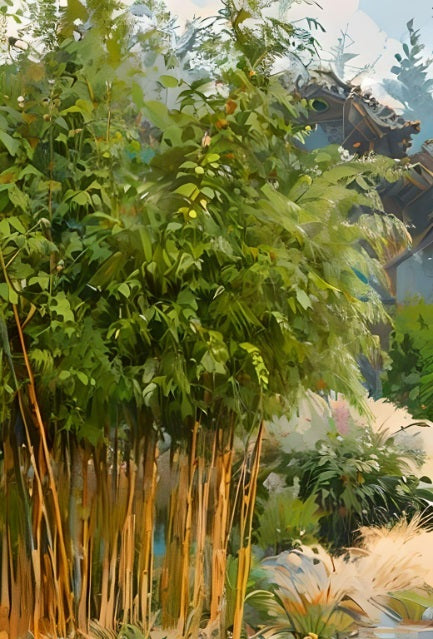
All Bamboo Seeds for Sale
Fall has arrived in the northern latitudes! For many bamboo enthusiasts this...
-
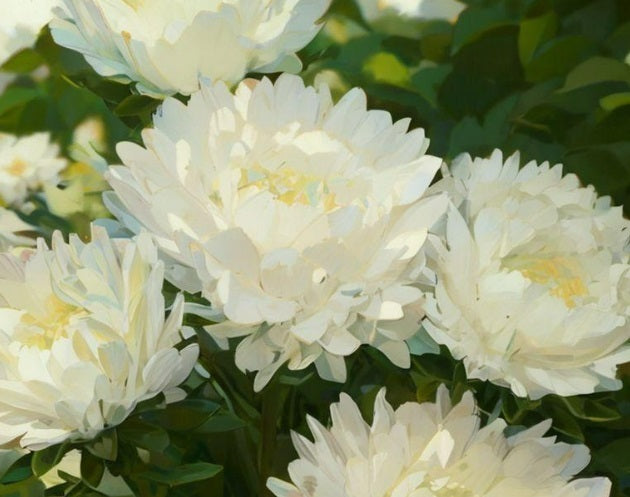
All Flower Seeds
Thoughtfully curated flowers, plants and bushes that beautifully complement your bamboo garden...
-
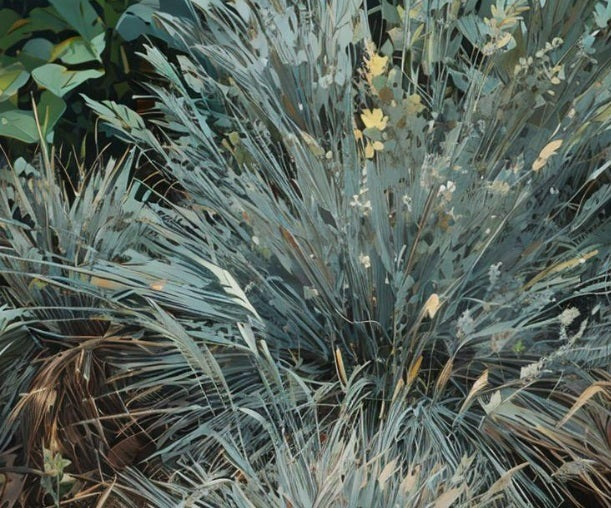
All Ornamental Grass Seeds
Grass has finally come into its own as a garden landscape centerpiece....
-
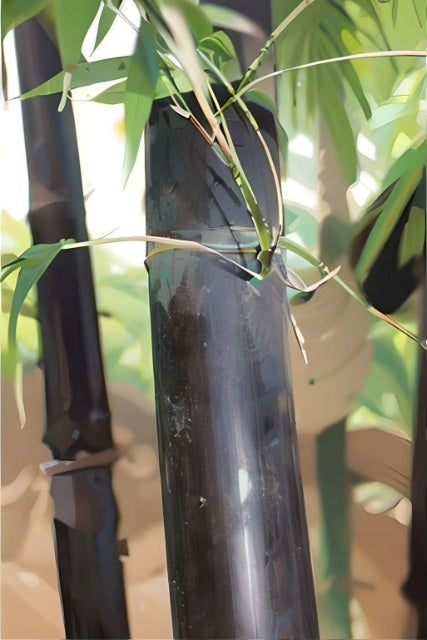
Black Bamboo Seeds
Consider Black Bamboo seeds for eye-catching bamboo varieties with lustrous black, dark...
-
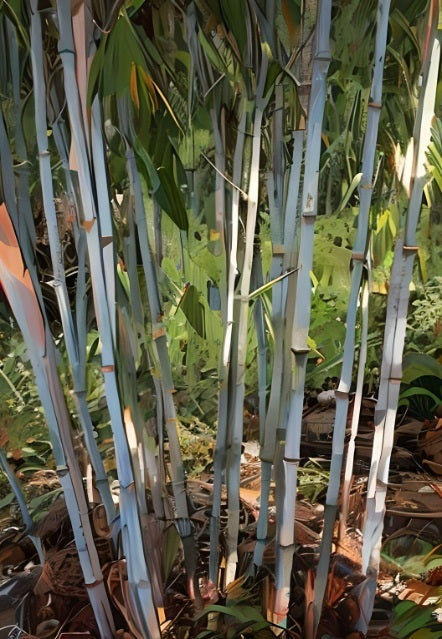
Clumping Bamboo Seeds
Clumping bamboo species grow in dense clumps or clusters that are naturally...
-
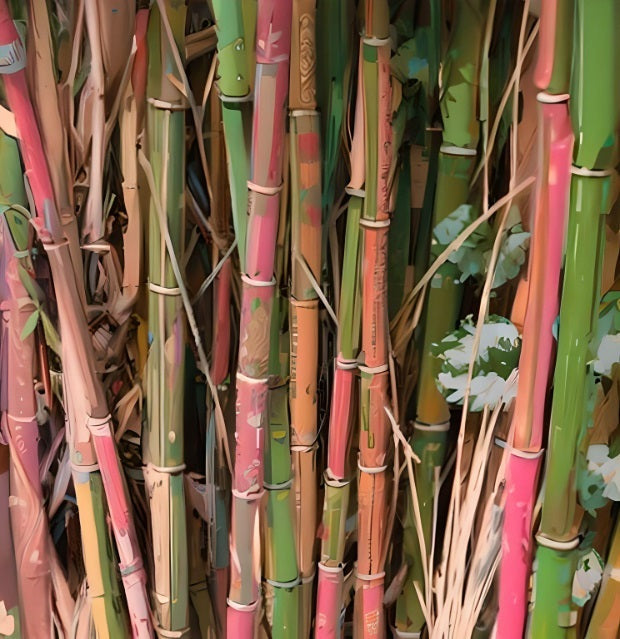
Cold Hardy Bamboo Seeds
A selection of cold resistant bamboo seeds for hardy bamboo able to...
-
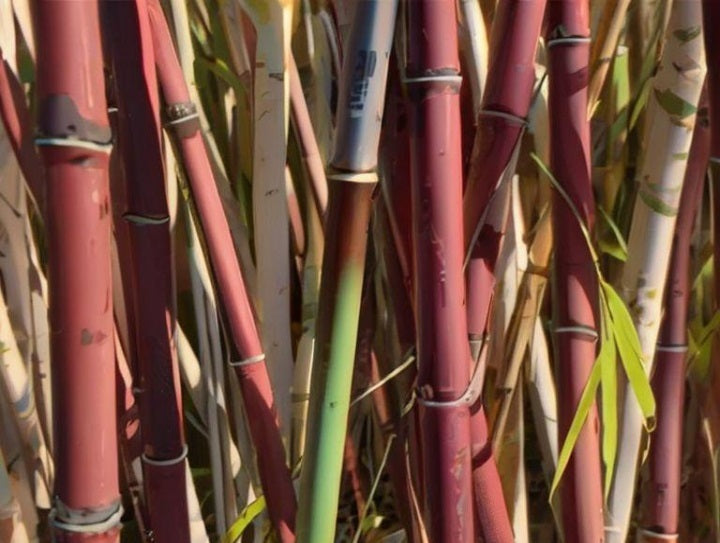
Fargesia Bamboo Seeds - Clumping and Cold Hardy
Buy bamboo seeds for beautiful cold hardy and clumping Fargesia bamboo. Our...
-
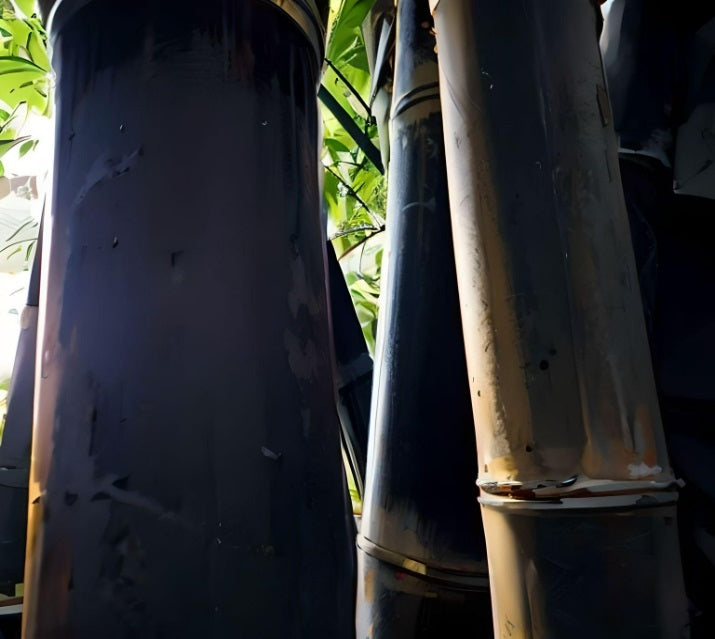
Giant Bamboo Seeds
When you're looking for impressive size with ample shade below, consider fastest...
-
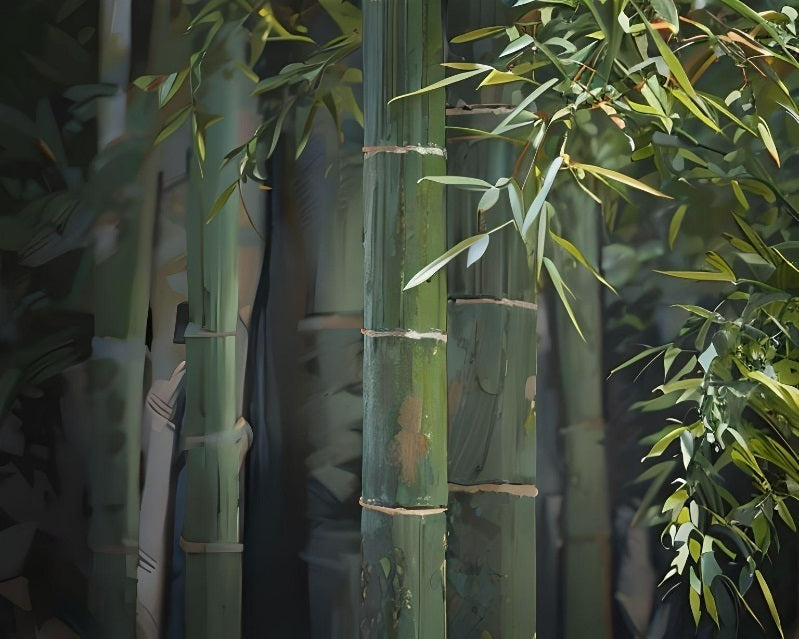
Running Bamboo Seeds
Running bamboo spreads through underground runners, known as rhizomes. These rhizomes can...
-
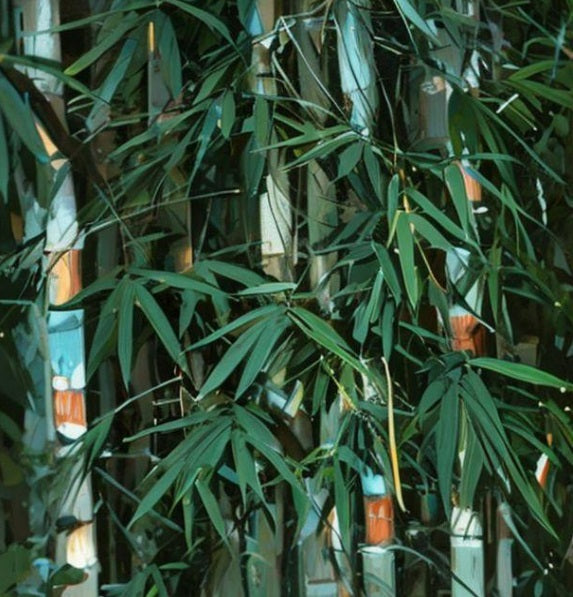
Tropical Bamboo Seeds
Our curated selection of tropical bamboo seeds best suited for planting in...






















